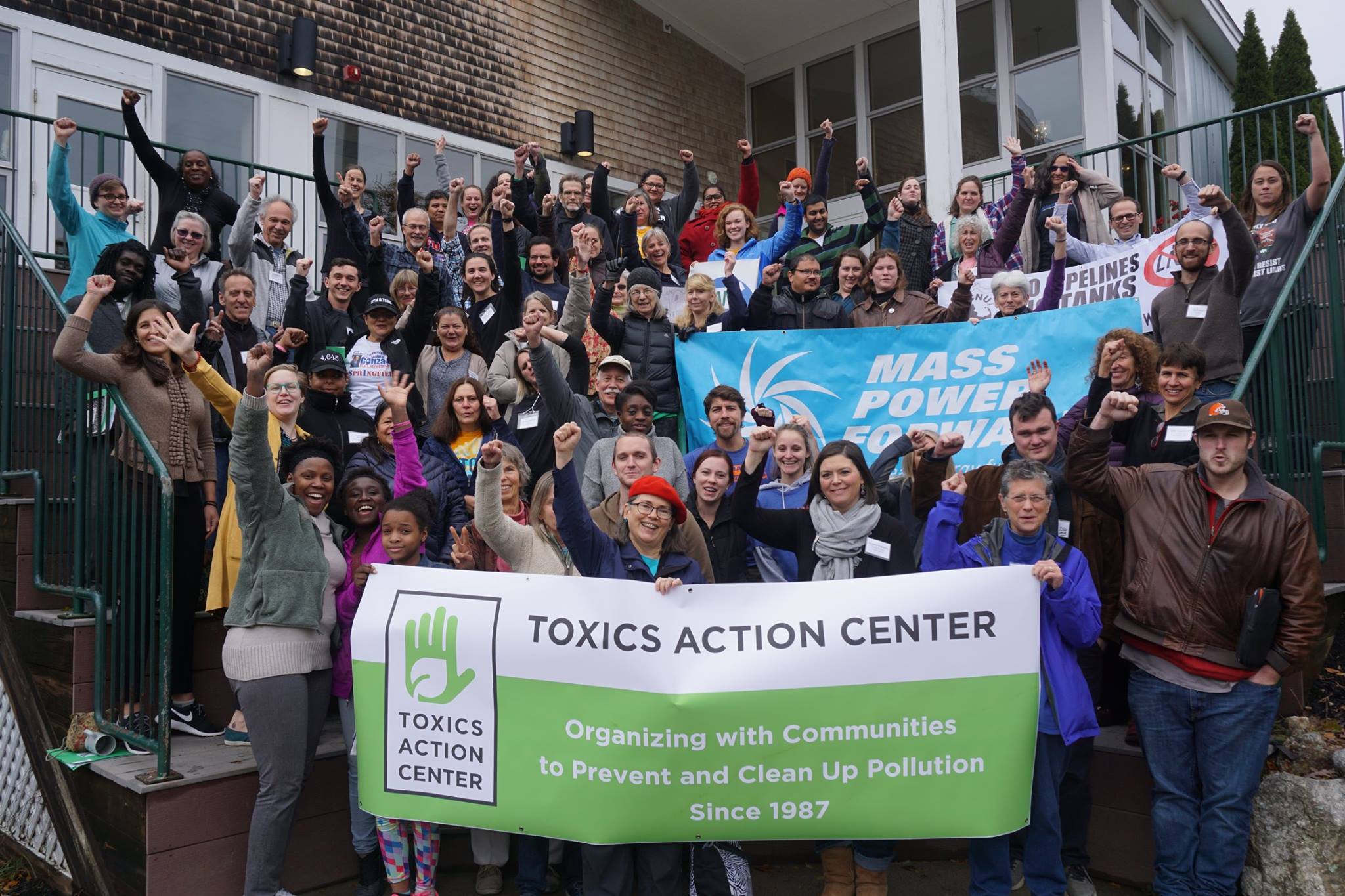The Regional Greenhouse Gas Initiative (RGGI) is an impressive climate success story. Since 2009, it has been reducing pollution, creating jobs, and boosting economies for all participating states – generating $1.4 billion in net economic value between 2015 through 2017 alone. However, this market-based solution has not yet reached all communities. Some have found it easy to participate and access the opportunities and benefits – like clean energy jobs, incentives, rebates, and savings from lower energy bills. Others face barriers. This is not only unfair, there is no way states can do their part to address our climate emergency if only some communities participate. It can also worsen inequality.
One of the most exciting trends is how states have been responding to this challenge. In recent years, we have seen a wide range of new approaches for expanding access, reducing barriers, and boosting participation. To build understanding of what states are doing and foster shared learning, The RGGI Project Series (an independent research and analysis effort supported by several climate funders including Barr) commissioned an independent study by Jeanne Herb and Marjorie Kaplan of the Rutgers Bloustein School. Their analysis, “Field Notes: Centering Equity Goals in State Climate Policy,” was released last week. Based on more than 70 interviews with state officials and nonprofit leaders, it takes an in-depth look at the many new and creative ways the RGGI states, plus NJ and VA, are integrating equity goals in their climate policy.
The researchers found approaches ranging from including equity commitments in new laws, executive orders, or statewide plans, cross-agency partnerships, financing initiatives geared towards overcoming market barriers and other measures. Recognizing that this work is still in its early days, the researchers also highlight important factors that would allow states to go even further to accelerate our transition to more clean, efficient, and sustainable energy, while also generating more equitable outcomes. These key factors fall into three broad themes:
Make policy-making a participatory process.Very often, public input in policy making is limited. It’s a 2:00 PM meeting on a Thursday in a hearing room, where everyone gets their two minutes at the microphone. It doesn’t have to be this way. In fact, many local, state, and regional climate efforts are being informed by much more meaningful community engagement and participatory processes. They can continue to build on this progress by employing approaches that engender trust between decision-makers and community leaders and residents, and that generate smarter policies. Governments could also partner with and provide resource to community organizations with skill and capacity to foster this kind of authentic engagement in planning and decision making.
Don’t rely on markets alone. Government plays a vital role ensuring investments achieve equitable outcomes. The public sector plays an important role in ensuring that communities facing the greatest hurdles to participation in the clean energy economy are not left out. On their own, private markets rarely achieve significant penetration of clean and efficient energy in such communities. Directives from governors and legislatures greatly influence how state agencies design and implement programs and policies.
Recognize that RGGI – and energy – are only one part of the solution. RGGI is undoubtedly having a positive impact. And, it is getting better all the time – including in the many new ways states are targeting benefits to communities that have faced barriers to participation. Yet, leading states also recognize RGGI is not a silver bullet for climate or equity goals. The challenges and opportunities we see in energy and climate are closely intertwined with public health, housing, and economic development, among other areas. So, states are forging new collaborations and creating new policies, regulations, and programs that cross agency and issue silos. They are also integrating climate preparedness and mitigation efforts.
With so much activity and potential to build on, a critical next step for RGGI states will be to learn what’s working and what isn’t, and to develop analytical tools to forecast benefits and impacts of different approaches. This will allow states to prioritize solutions that are most worthwhile to scale. Investing in deepening that knowledge base and facilitating shared learning may be one of the most constructive roles for philanthropy in the years ahead.
While there is much more to do to meet ambitious equity and climate goals, it is encouraging to see so much progress, so much willingness to experiment and learn, and – above all – such commitment to advancing the transformation of our energy system to be clean, sustainable, and just.




